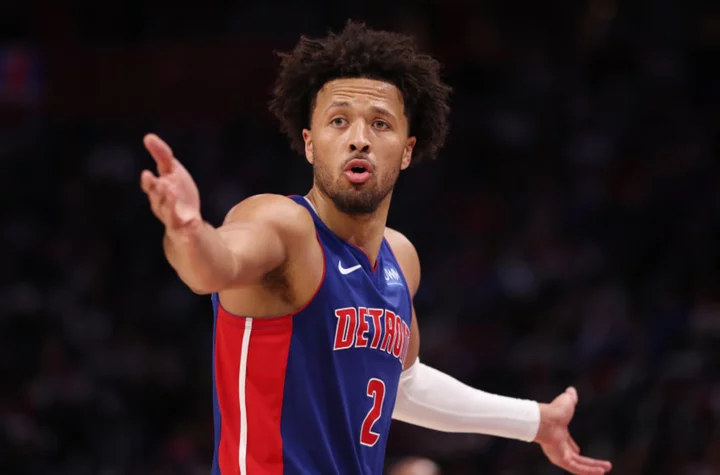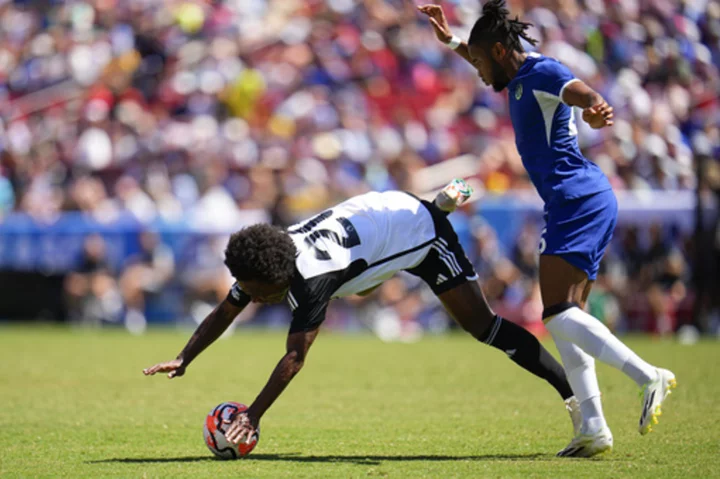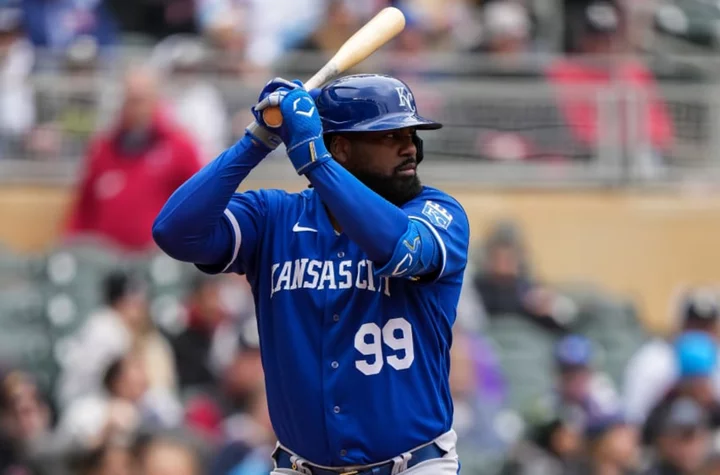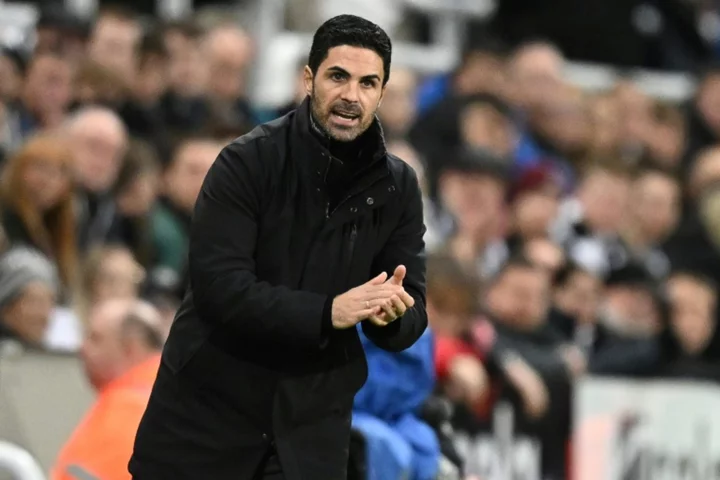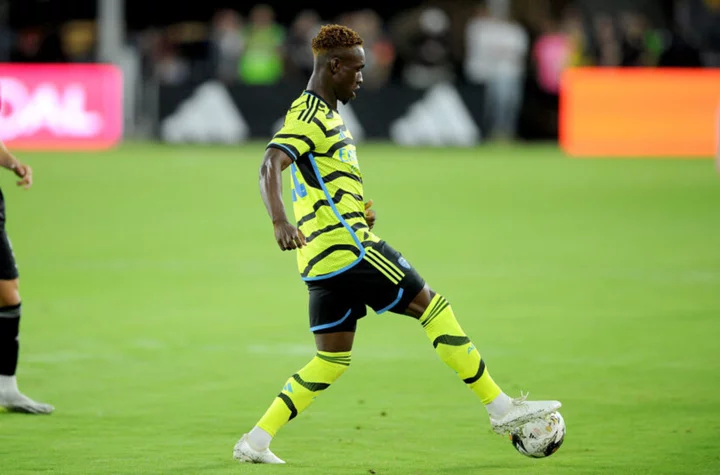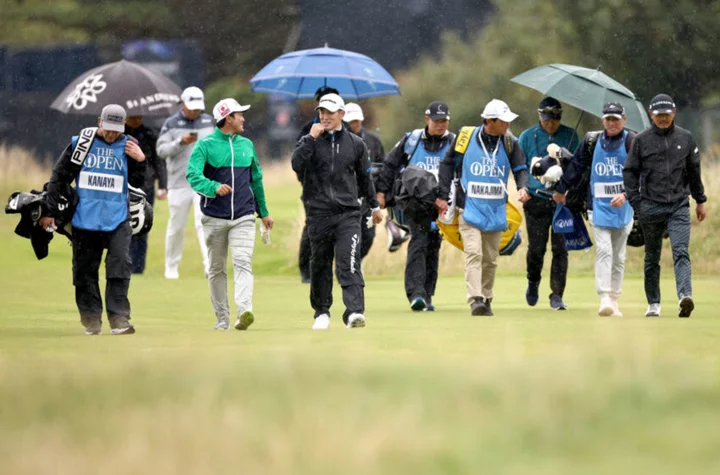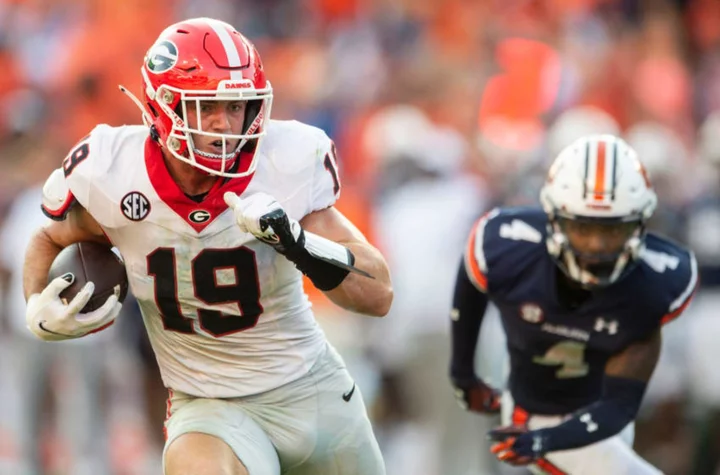Expectations are rarely fair in the NBA. Teenagers are told their future and dubbed successes or failures based on the results. Giannis Antetokounmpo and Nikola Jokic are hailed for exceeding modest expectations, while Karl-Anthony Towns and Ben Simmons are deemed disappointments for failing to live up to the hype.
Inevitably, we blame the player for not achieving our hopes, for not fulfilling our dreams, and for not living up to the future we imagined for them.
Cade Cunningham always had great expectations
Cade Cunningham was supposed to be the savior. The Detroit Pistons have been starved for relevancy for well over a decade. The franchise that gave the world the "Bad Boys" and went to six straight Eastern Conference Finals beginning in 2002-03, has made the postseason three times in the past 16 seasons, never escaping the first round. Few franchises were in more desperate need of a hero to resurrect their fortunes, and Cade Cunningham was billed as the perfect protagonist.
Cunningham entered the 2021 NBA Draft as the consensus number-one pick. He had been widely considered the best player in his class since the start of high school, and one season at Oklahoma State was enough for NBA general managers to know what they already knew — Cade Cunningham was a can't-miss prospect.
When the Pistons landed the first overall pick, there was no question who they would select. The only question was how hard they would try to hide the obvious, and when July 29, 2021, came, they made Cade Cunningham the face of their resurgence. Unfortunately, Detroit's comeback hasn't stuck to the script.
The past year has been trying for Cunningham and the Pistons. After an up-and-down but perfectly acceptable rookie season, Cunningham struggled at the start of his second season before a shin injury sidelined him the rest of the way. Fully healthy by the summer, he made Team USA's select team and drew rave reviews, with many observers claiming he was the best player on a court full of NBA All-Stars.
After a year derailed by injury, Cunningham was poised to prove why he was the first overall pick, but through 11 games, he has sputtered. In the process, a season that was supposed to be full of answers may end up raising more questions, and the first question is why?
Cade Cunningham's box score is a mirage
The box score doesn't lie, but points, rebounds, and assists, on their own, don't tell you much. Cade Cunningham's points, rebounds, and assists triple-slash line of 22.5/3.6/6.9 looks incredible. Only nine players, including Cunningham, are currently averaging more than 20 points, three rebounds, and six assists per game this season, and they're all stars of the highest order.
The eight other members of the 20/3/6 club are Nikola Jokic, Luka Doncic, Tyrese Maxey, Tyrese Haliburton, Devin Booker, Shai Gilgeous-Alexander, De'Aaron Fox, and Kyrie Irving. By association, Cunningham's statistics placing him next to the league's best, suggest he has arrived — except he's floundering.
Box Plus-Minus (BPM), Win Shares per 48 (WS/48), and Player Efficiency Rating (PER), the three all-in-one advanced metrics available on basketball reference, all paint Cunningham as one of the league's worst players. His BPM of minus-5.7 is 198th, his WS/48 of minus-0.038 is 203rd, and his PER of 10.8 is 173rd out of 208 qualified players.
Cunningham has performed so poorly he'll need a monumental turnaround just to claw his way to average. The disconnect between Cunningham's basic box score stats that paint him as a star and his BPM, WS/48, and PER which estimate his total value is preposterous, considering they all use the same box score stats.
Cade Cunningham is drowning in usage and sinking his shooting
The primary cause of Cunningham's poor start is his poor shooting efficiency and extreme turnover rate brought on by an irresponsibly heavy burden. Given enough opportunities, just about any NBA player can get to 20 points, three rebounds, and six assists, and that's exactly what the Pistons are providing Cunningham.
He is 11th in the NBA in usage (31.4 percent), eighth in field goal attempts per game (20.5), tenth in passes made per game (57.7), fifth in touches per game (88.2), and second in passes received per game (74.7). The Pistons are asking the world of Cunningham on offense, and while it's providing him with a heaping helping of counting stats, he's drowning in the deep end.
Cunningham's 46.1 percent shooting on 2-pointers ranks 125th out of 143 qualified players, his 29.6 percent shooting on 3-pointers ranks 141st out of 155, and it has led to an effective field goal percentage (eFG%) of 45.6 percent, which ranks 136th out of 143 qualified players.
In just about every region of the court, Cunningham is shooting well below league average. The only area where he has been better than the league average are shots 15 to 19 feet from the rim, but those are some of the least efficient shots in the league. To make them a staple of your shot diet you have to post wild efficiency, and Cunningham has merely been good.
Shooting efficiency is not the end all be all, but when a player occupies such extreme lows, there are no volume-based excuses. At a certain point, the ball has to go in the basket.
The Pistons haven't found a go-to play for Cade Cunningham
Unfortunately, there doesn't appear to be much the Pistons can do to help juice Cunningham's efficiency as long as he dominates the ball. He is producing a woeful 0.77 points per possession on isolations, 0.74 points per possession on pick-and-roll ball handler possessions, and has a 37.2 percent eFG% on pull-up jumpers against the league average of 45.1 percent.
Cunningham has also been one of the least productive high-volume drivers in the league. His 17.9 drives per game rank third, but it's only leading to 9.5 points per game due to his 45.7 percent field goal percentage, which ranks 32nd out of 49 players averaging 10-plus drives per game.
The final area of concern, in regards to Cunningham's scoring, is his inability to rack up free throws. Posting elite free throw rates isn't a prerequisite for elite scorers, but it's a must for players with below-league-average efficiency from the field. His free throw attempt rate of .213 is 17 percent below the league average, and while that's an improvement over his first two seasons, it's still well below where it needs to be.
In the most important skills necessary to be a high-volume scorer, Cunningham is coming up tragically short. He's not converting shots from anywhere on the court, and he hasn't shown any proclivity for a specific playtype he can lean on to generate pseudo-efficient offense. He simply needs to be better to justify the massive offensive load he's shouldering.
There aren't enough assists to offset the turnovers
If Cunningham were just shooting poorly while racking up assists left and right, there would be less cause for concern. Trae Young has been an elite offensive player with paltry shooting efficiency by generating an incredible amount of assists. Unfortunately, Cunningham has fallen well short of those lofty assist totals and has been the most turnover-prone player in the league.
Turnovers are the worst offensive outcome for an offense. They generate zero points, cost an opportunity to score, and lead to more efficient looks for your opponent. When coaches say, "turn defense into offense," they're talking about turnovers, and Cade Cunningham is currently leading the league in turnovers per game at 4.9.
His volume of turnovers, while sky-high, isn't bad on its own. The best players in the league produce the most turnovers, but they offset that with efficient offensive creation. Cunningham's scoring is doing nothing to offset those losses, which means he needs to be racking up a bushel of assists.
Through 12 games, Cunningham is 11th in the league at 6.9 assists per game. With how poorly he has shot the ball and his massive turnover rate it isn't enough to make him a positive offensive player, but it is a nice starting point to help him edge towards average.
How do the Pistons fix Cade Cunningham?
The Pistons are in a difficult situation. They have been significantly better without Cunningham on the floor this season, but they absolutely need to find out what type of player he is, as he becomes extension-eligible this offseason.
At this point, Cunningham isn't capable of being an effective heliocentric offensive hub, but very few players are. His catch-and-shoot numbers, eFG% of 55.3 percent, are slightly better than the league average, 53.9 percent, and he has his most elevated rates of turnovers on drives and pick-and-roll ball handler possessions.
The data points to him finding more success in a scaled-down, possibly secondary, offensive role. While that wasn't what was promised on draft night, there are still a multitude of ways for him to become an All-Star or even an All-NBA level contributor without dominating the ball. Cunningham shouldn't be beholden to our expectations if it is functionally making him one of the worst players in the league.
The Pistons' roster is an imperfect hodgepodge, but they've been playing competitive basketball despite Cunningham's struggles. As much as better roster construction would help Cunningham right the ship, the best players in the league don't need the perfect roster construction to just be average.
There's still a very productive player lying in wait, but with each passing game, it becomes harder to envision Cunningham as the Pistons' lone savior. There is more than enough season left for him to turn the narrative on its head, but thus far, he has flopped trying to play the hero, as almost all players eventually do. Maybe there's nothing really wrong with Cade Cunningham. Maybe the only wrong thing was our expectations.

